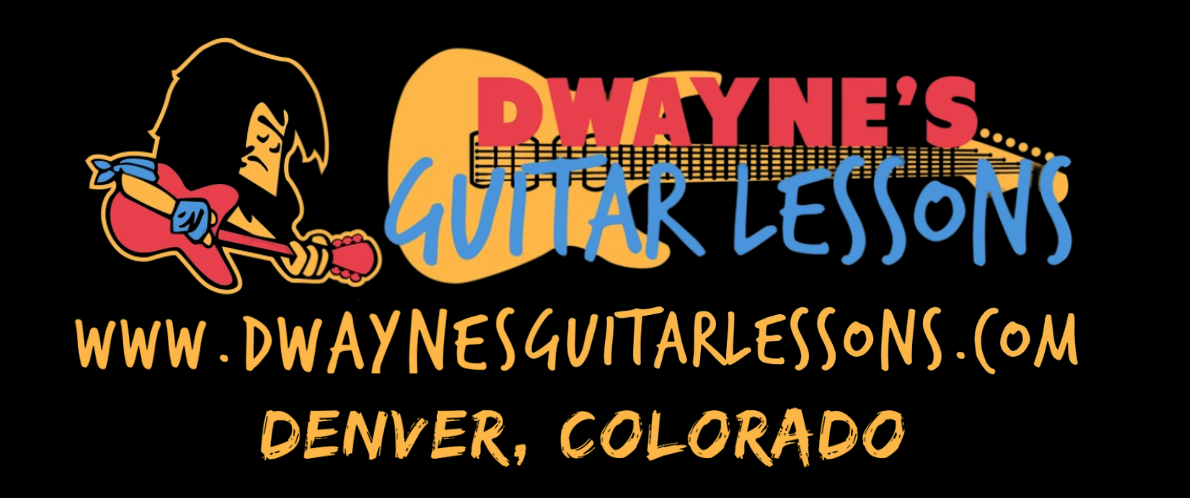Learn To Find The Modes On The Guitar

In this lesson, we are going to learn to find the modes on the guitar fretboard. This will help your guitar solos, as well as improve your music theory knowledge.
What are the modes?
The modes are scales built off of the notes in the major scale. Since there are 7 notes in the major scale, there are going to be 7 modes. These scale patterns are very much like the minor pentatonic scales discussed in other lessons.
For example, if we look at the notes in the G major scale we have G A B C D E F# G. Excluding the last G, we have 7 notes. G-F#. If we create a scale off of each one of these tone degrees we will come up with 7. These are called the modes.
The 7 modes
The 7 modes are as follows
1.) Ionian
2.) Dorian
3.) Phrygian
4.) Lydian
5.) Mixolydian
6.) Aeolian
7.) Locrian.
Each one of these modes starts on the tone degree of the major scale that it is related to. So if we looked at the G major scale along the length of the fretboard on the 6th string we could start this scale at the 3rd fret.
Doe Rae Me
Every major scale in the musical spectrum must have the syllabus of Doe Ra Me. This interval of notes is what makes the scale what it is. By knowing this and being able to sound it out, we can find where the notes are located along the 6th string for the G major scale.
In this example, they would be G (3rd fret) A (5th fret) B (7th fret) C (8th fret) D (10th fret) E (12th fret) F# 1(4th fret) and back to G on the 15th fret. Excluding the G note, we have 7 notes.
7 notes, 7 modes
The Ionian mode would start on the G note because that is the first note of the scale. The Dorian mode would start on the A note of the scale, the Phrygian mode would start on the B note (7th fret) because that is the third note in the G major scale. Do you see how these modes relate to the notes of the scale?
If you learn where each note is located along the fretboard in any major key, you’ll be able to find these modes quite easily. You will also be able to use them for your guitar solos. Like for instance, if you wanted to solo in the key of G major and wanted to play in the Aeolian mode, would you know where that would be located?
Sacred knowledge
This is the sacred knowledge that you want to master! How you can develop your own sound. Be able to understand the sound of a player that uses these modes in their playing. if you have a favorite guitar player that plays in the modes, you now know what they mean when they say modes.
There is a lot of mystery in the guitar fretboard. The way the notes line up is in a very specific order and if you unlock these mysteries, you are going to stand far above the competition.
Watch the video lesson below
Major and minor modes
Since you can build major and minor chords out of the major scale and the modes are created from the tone degrees of the major scale, that would determine that there are major and minor modes as well.
In the major scale, the 1, 4, & 5 are major. The 2, 3 & 6 are minor and the 7th is diminished. So that means that the first mode (Ionian) fourth mode (Lydian) and fifth mode (Mixolydian) are all major modes. And the second mode (Dorian) third mode (Phrygian) and sixth mode (Aeolian) are all minors.
Benefits of the modes
The benefit of the modes is that they allow you to understand what chords come out of any given scale. In fact, once you learn all 7 modes and you can visualize them clearly on the fretboard, you’ll actually be able to see that both major and minor chords can be formed out of each one.
The Locrian mode (the 7th mode built off of the 7th tone degree) is diminished because of the note structure, This gives it a very dark moody quality. The modes all have their own individual character to them that makes them very beneficial to learn and play.
More about the modes
The modes can cover a vast spectrum of material. Each one in its own right can add a lot of versatility to your guitar playing. So much that this lesson would be hours long. That is why I put this information into my book I wrote and published on Amazon called Lead Guitar Wizardry volume 2
This is the second volume of Lead Guitar Wizardry and starts where that one left off. But more importantly, it shows you more in-depth about the modes. All 7 of them as well as your minor scales. Your natural minor, harmonic minor, melodic minor and diminished minor.
Add these to the 7 modes and you’ll be able to take your guitar solos to a level most guitarists never even knew existed. In addition to that, you’ll learn advanced guitar solo techniques that will set you far above the crowd.
Learn such things as:
*Pentatonic scale licks (very important to know)
*All 7 modes and licks within them as well
*Mode scale formulas
*Minor scale formulas
*Parallel modes & mode triad relationships
*Improvising and ear training
*Most common guitar solo licks (dissect your favorite guitar players playing style)
*Advanced techniques like finger tapping, melodic sequencing & sweep picking arpeggios
Along with more advanced music theory concepts & principles. Yep, this book is packed with spells that most guitar players don’t know. And if you learn them with dedicated study and practice, I guarantee, that you will possess knowledge that will have most guitar players scratching their heads going huh?
Easy learning with quick results
There is a lot of mystery when it comes to guitar solos and because of it, learning to play them is not always easy. I had a lot of trouble with them as well. That was until I learned a system out of a book. Method books are great because they can teach you a simple step-by-step manner that will provide easy learning with quick results.
The melodic material presented in this magical grimoire will give you the ability to identify sounds. Develop a better understanding of sacred elements and properties. And will give you more control and better command over your wizard’s wand. Your guitar!
Lesson conclusion
When it comes to playing guitar solos and increasing your knowledge of the fretboard and music in general, you can’t go wrong learning about the modes. They have individual properties that can inspire your playing and give you a very unique sound to your playing.
Learn all 7, learn how they work individually as well as collectively and add them to your guitar soloing wizard’s chest incantations that you can use to cast a spell of magic on your as=udience.
And if you haven’t already, grab my FREE action guide “Guitar Solo Secrets” that will give you beginner insider tips to help you move in the right direction. And if more help is still needed, just contact me through my website or pm me on Facebook and I will do my best to help.
Thanks for being here today, and until our next lesson, take care.
Sincerely, Dwayne.


